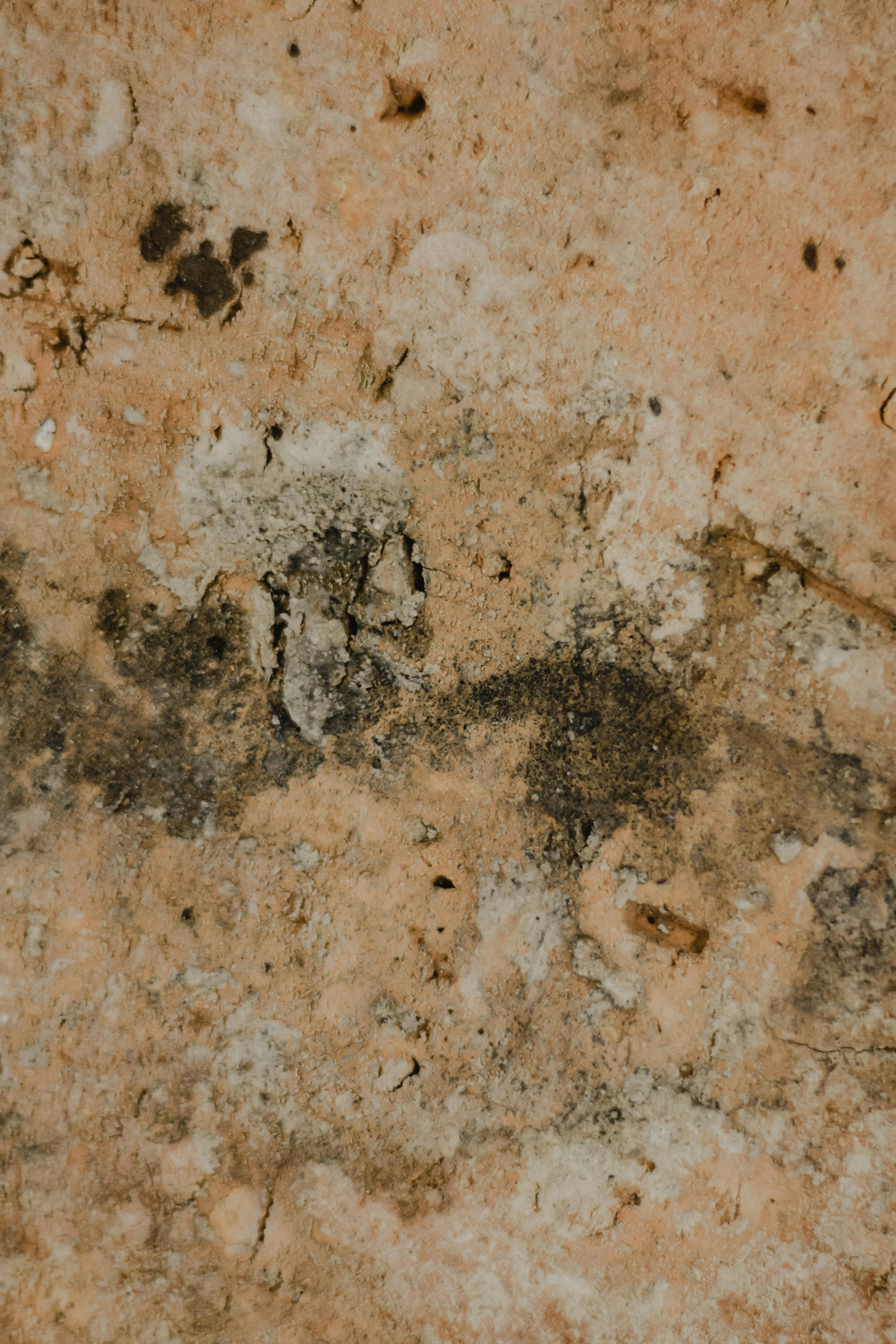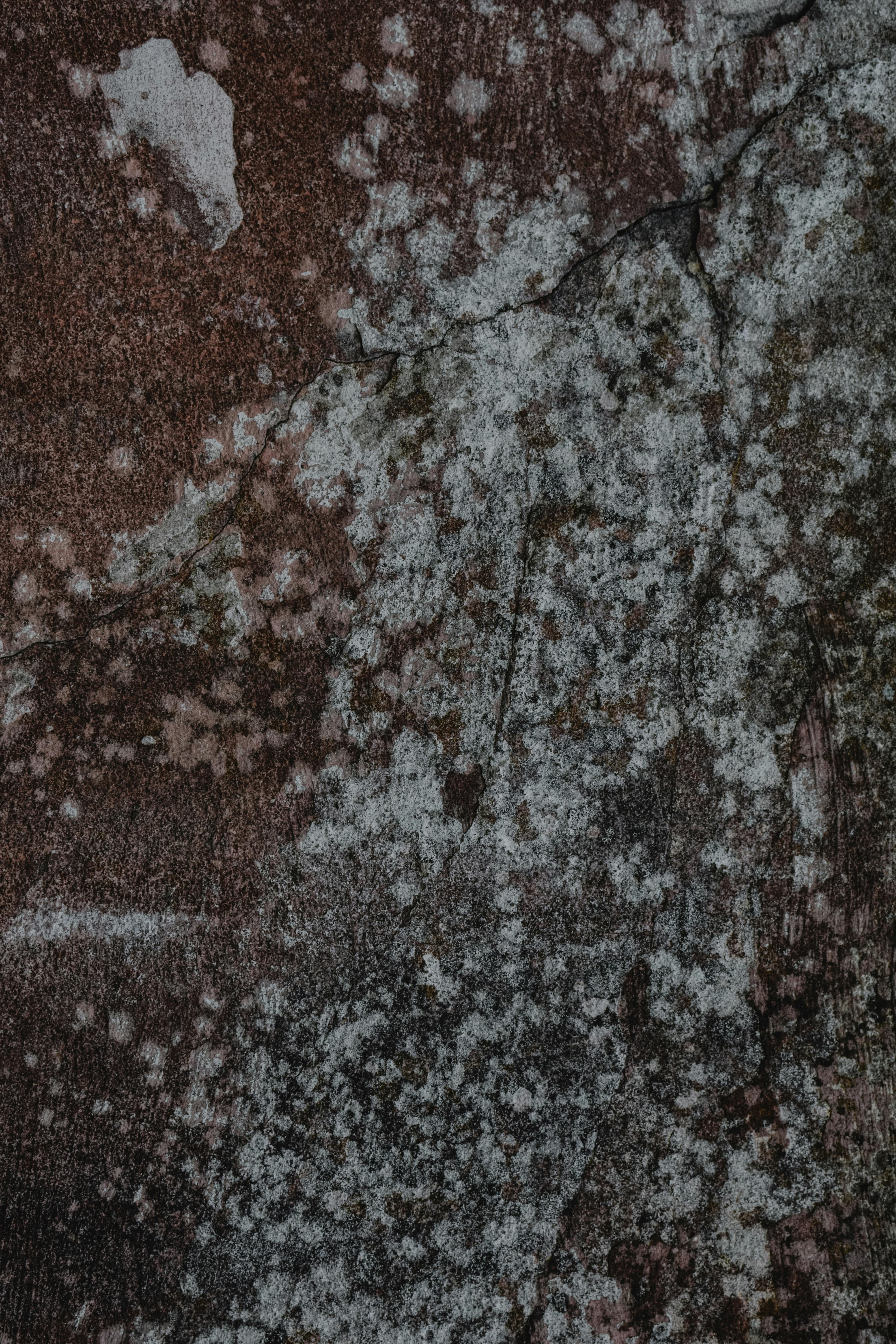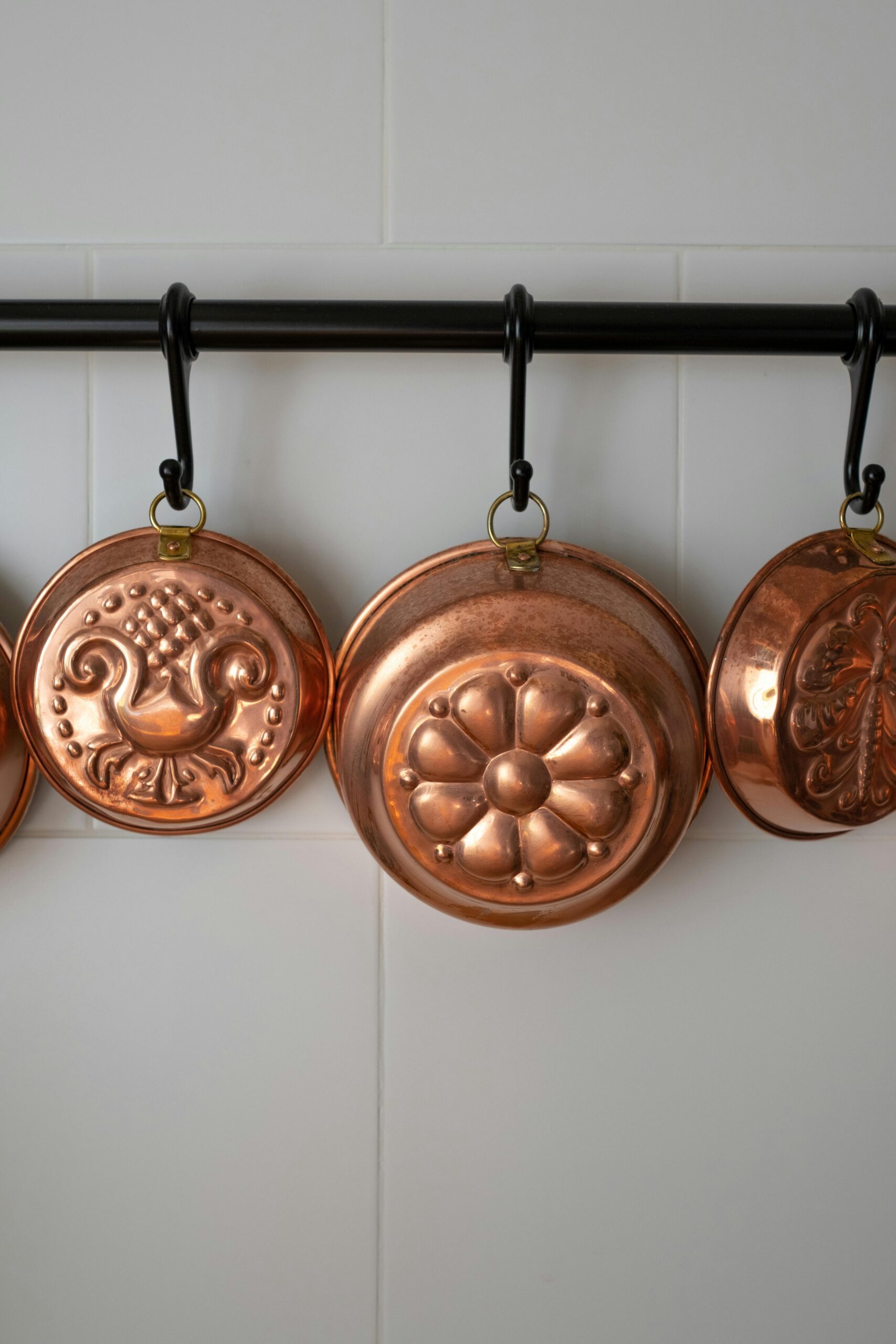Schimmel Wand: Understanding and Preventing Mold Growth
What is Schimmel Wand?
Schimmel wand, or mold on walls, is a common issue that many homeowners face. It occurs when moisture settles on walls, creating an ideal environment for mold spores to thrive. Not only does mold affect the aesthetics of a space, but it can also pose significant health risks. Understanding the causes and signs of schimmel wand is crucial for prevention and treatment.
Causes of Schimmel Wand
The primary cause of schimmel wand is excess moisture. This can stem from various sources such as leaks, high humidity, poor ventilation, and water damage from floods or improper drainage. When walls absorb this moisture, it creates a breeding ground for mold. The type of material used in wall construction can also influence the likelihood of mold growth; porous materials are particularly susceptible. Moreover, the presence of organic matter such as dust can provide additional nutrients for mold spores. Regular maintenance and moisture management in the home are essential for preventing schimmel wand.

Signs of Mold Growth
Detecting schimmel wand early is key to mitigating its effects. Common signs include visible dark spots or patches on walls, a musty odor, and paint that appears to be peeling or bubbling. If you notice any changes in your indoors, especially in damp areas like basements or bathrooms, it’s crucial to investigate further. Occasionally, respiratory issues such as coughing, wheezing, or even allergic reactions may also occur when inhaling mold spores. Therefore, keeping an eye out for these signs and addressing them proactively can help maintain your living environment’s health.
Health Risks Associated with Mold
Exposure to schimmel wand can lead to various health problems, particularly for respiratory health. Individuals with asthma or allergies may experience aggravated symptoms when exposed to mold. Additional reactions can include skin irritation, headaches, and fatigue. Long-term exposure has been linked to more severe health conditions, especially in vulnerable populations such as children, the elderly, and those with compromised immune systems. Thus, prioritizing remediation and preventive measures is essential for a healthy home environment.
Preventing Schimmel Wand
Preventing schimmel wand starts with effective moisture control. This section outlines practical steps to mitigate mold growth in your home.
1. Improve Ventilation
One of the simplest ways to prevent schimmel wand is improving ventilation in your home. Ensure that areas prone to moisture, such as kitchens and bathrooms, are well-ventilated. Installing exhaust fans and keeping windows open can significantly reduce humidity levels. Additionally, using dehumidifiers in damp areas will help maintain optimal moisture levels. This proactive approach minimizes conditions that facilitate mold growth, ensuring a healthier indoor environment.
2. Regular Inspections
Another effective strategy is to conduct regular inspections of your home for any signs of water damage. Check areas such as the basement, attic, and around plumbing fixtures. If any leaks are detected, address them immediately to prevent mold spores from settling. Regular cleaning can also help remove dust and organic debris that can feed mold. By staying vigilant, you’ll be able to implement timely prevention and remediation actions before mold becomes an issue.

3. Use Mold-Resistant Products
When building or renovating, consider using mold-resistant products such as mold-resistant drywall and paints. These products contain antimicrobial agents that inhibit mold growth, providing an added layer of protection. Additionally, ensuring proper sealing and waterproofing of your home’s exterior can prevent water seepage during heavy rain or floods, significantly reducing the risk of schimmel wand. Investing in these materials may have upfront costs, but they can save you from more extensive damages and health issues in the long run.
Addressing Existing Schimmel Wand
If you discover schimmel wand in your home, addressing the issue promptly is critical. Here are essential remediation strategies.
1. Cleaning Small Areas of Mold
For minor mold growth, cleaning with a mixture of water and detergent can suffice. Wear gloves and a mask to protect yourself from inhaling spores. Clean the affected area thoroughly, and make sure to dry the space after cleaning to prevent recurrence. For more stubborn or extensive mold problems, it may be necessary to consider professional remediation services. Remember that eliminating the source of moisture is crucial to effectively preventing further mold growth.
2. Professional Mold Remediation
For larger infestations or if health concerns are significant, hiring professionals may be necessary. They have the right tools and expertise to handle mold effectively while ensuring that it doesn’t spread during the cleanup process. A professional service will also conduct an assessment to identify the source of moisture that caused the mold to develop in the first place. This comprehensive approach is essential for long-term prevention and safety in your home.
3. Disposing of Contaminated Materials
In some cases, the best option may be to remove and dispose of contaminated materials like drywall or insulation. Mold can deeply penetrate these materials, making thorough cleaning ineffective. When doing this, ensure you’re following safety protocols, such as wearing protective equipment and sealing the materials to minimize spore dispersal. Once removed, replace these materials with mold-resistant alternatives to prevent future issues.
Key Takeaways
- Excess moisture is the primary cause of schimmel wand, necessitating effective moisture control measures.
- Improving ventilation, regular inspections, and using mold-resistant materials can significantly reduce mold growth risks.
- Addressing schimmel wand promptly through cleaning or professional help is critical in maintaining a healthy living environment.
FAQ
1. How can I detect schimmel wand in my home?
Look for visible signs such as dark spots or patches, a musty odor, or peeling paint. Regular inspections, particularly in humid areas, can help in early detection.
2. What are the long-term effects of mold exposure?
Long-term exposure to schimmel wand can lead to chronic respiratory issues, weakened immune response, and allergic reactions. It’s important to seek timely remediation if mold is found.
3. Can I treat schimmel wand myself?
For small areas, you can clean the mold using water and soap. However, for larger infestations, it is advisable to consult professional services for safe and effective remediation.
4. Is schimmel wand harmful to pets?
Yes, pets can also be affected by mold exposure, experiencing symptoms such as respiratory distress or skin irritation. Ensuring a mold-free environment is crucial for their health.
5. What preventive measures should I take during humid seasons?
During humid seasons, use dehumidifiers, ensure good ventilation, and keep an eye on indoor humidity levels to prevent mold growth.
